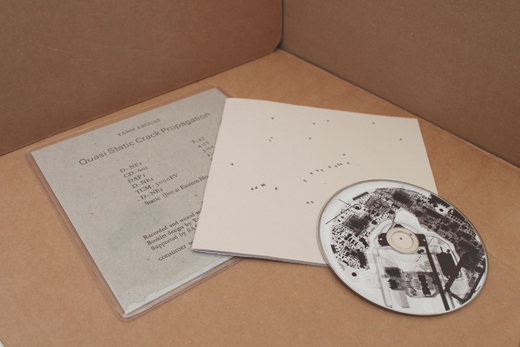

For mooring lines, this may be a reasonable approximation.
#Orcaflex quasi static full
Clearly, some simplification is required in order for us to be able to solve for the lines without invoking the full finite element method, and that simplification is that the analytic catenary does not account for inertia or bend stiffness. The mooring line loads are calculated from classical analytic catenary equations. To carry out quasi-dynamic analysis in OrcaFlex, you make use of the analytic catenary representation for lines to avoid the full finite element calculation. In addition to the obvious simplification, it is often possible to use the explicit time domain solver with a relatively large time step, while still retaining sufficient accuracy, for such models, leading to further performance gains. It is this reduction in the amount of calculation which leads to the significant reductions in analysis time which can be obtained from quasi-dynamic analysis compared to a full finite element solution. The method is implemented by a number of codes, including ARIANE and MIMOSA.įor a typical quasi-dynamic analysis the only calculated degrees of freedom in the system are those of the vessel. It is a long-established method for mooring analysis, and is described, for instance, in Bureau Veritas NR 493. This form of analysis is known generally as quasi-dynamic analysis. Often, the interest lies only in the vessel and the finer details of the forces acting within the mooring lines are irrelevant: all that matters is to obtain a realistic approximation of the forces applied by the mooring lines to the vessel. In other cases the dynamics influence the stress history greatly. The importance of mooring line dynamics and their contributions to the overall 6-DOF responses of OFWT are highlighted which should be recognised in the analysis and optimization design.For many applications, such as modelling mooring lines attached to a vessel, the accuracy of the full finite element representation of the line, whereby it is discretised into individual nodes that each carry degrees of freedom, is not required. In some cases the dynamic response is negligible and the response becomes quasi-static and the stress history closely follows the external loading. The levels of differences are reported, and the comparisons with available experimental results are also made to validate the model analyses and outcomes.

Preliminary numerical studies in several load cases reveal substantial differences in the OFWT and mooring dynamics obtained by the two approaches, e.g. This paper will investigate and compare the dynamics of the OFWT and the mooring lines using uncoupled vs coupled models, based on the OC3-Hywind Spar platform supporting the 5MW wind turbines developed by the National Renewable Energy Laboratory.
#Orcaflex quasi static software
To evaluate the dynamic responses of OFWT, both uncoupled (quasi-static) and coupled (dynamic) mooring models have been proposed in the literature and in practice based on the use of the well-known FAST software and the FAST-Orcaflex package, respectively. Depending on the floater type and environmental condition, the mooring responses can have a significant impact on the overall dynamic performance of OFWT. Offshore floating wind turbines (OFWT) are supported by the flexible mooring systems subjected to nonlinear hydrodynamic wave and current forces. Therefore, we often perform a static analysis of structures or systems at multiple load steps, also known as quasi-static analysis, to help us quickly.


 0 kommentar(er)
0 kommentar(er)
